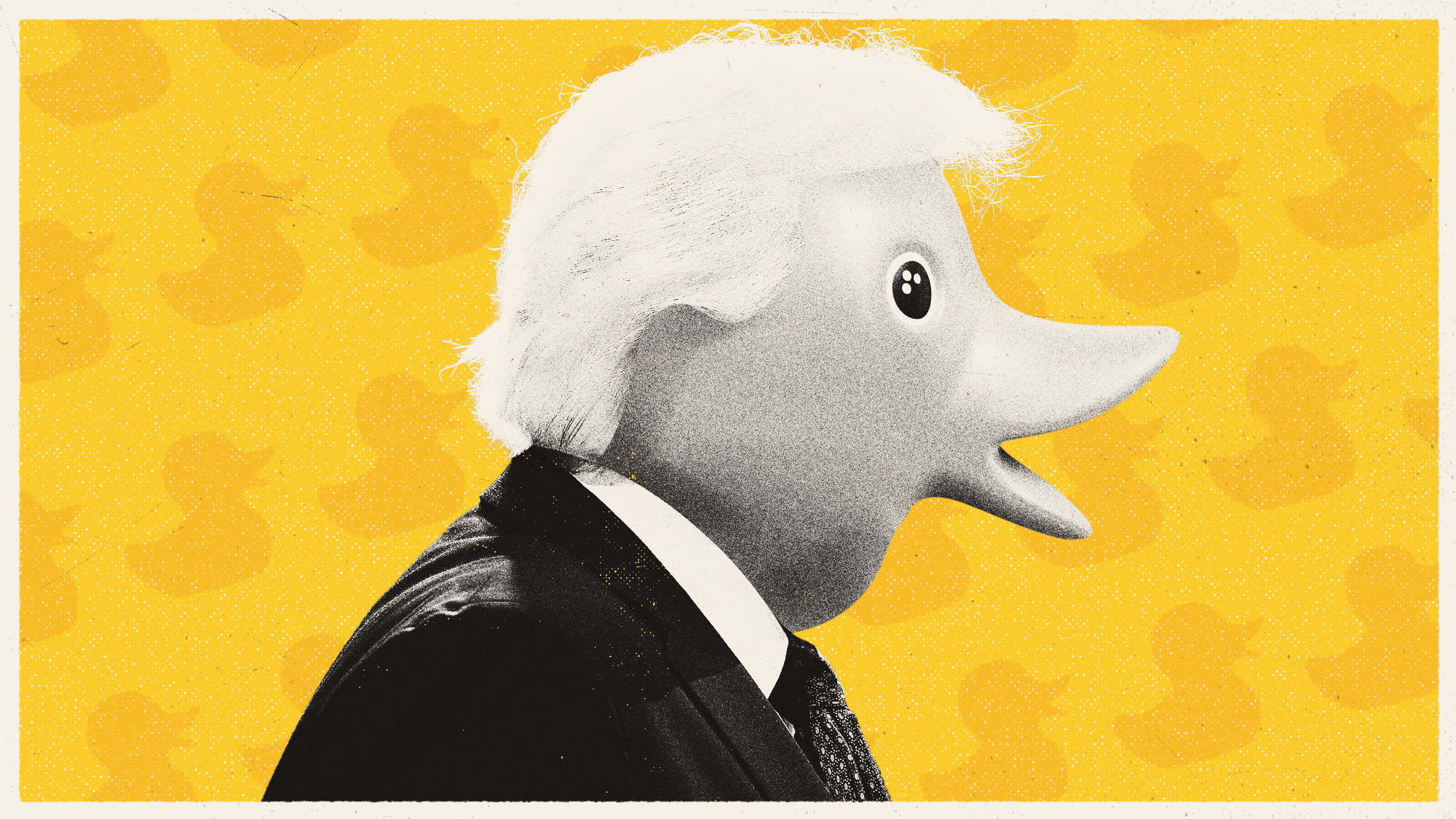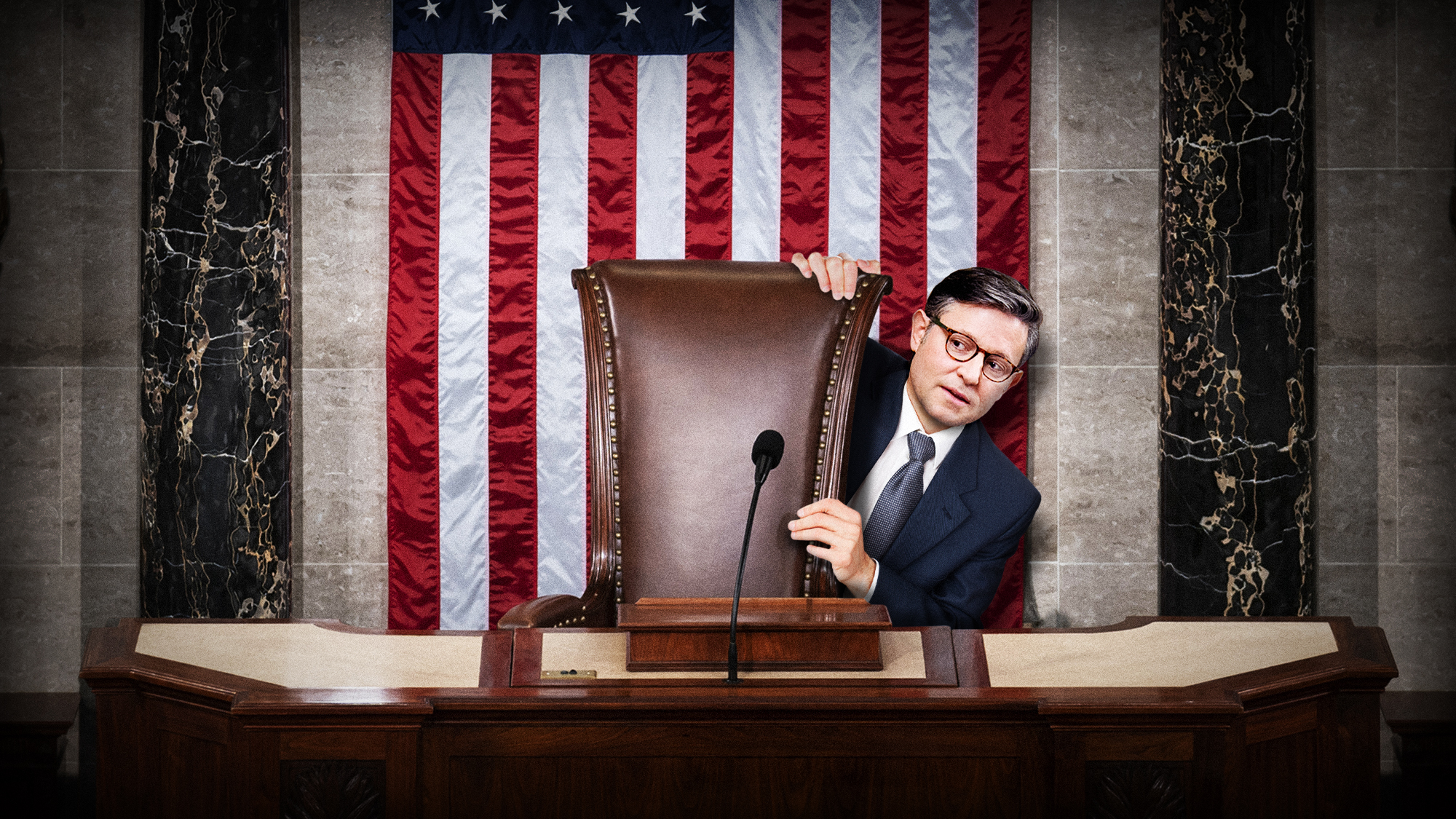The pandemic home confinement experiment was a huge success


Jails and prisons were always at obvious risk of becoming hotspots of COVID-19: large groups, close quarters, limited medical care, inadequate hygiene supplies, disproportionate rates of comorbidities — it's all there. By April of this year, at least one in three inmates of state and federal prisons were known to have been infected (the true number is undoubtedly higher because not every case is tested), and the reported death rate among inmates is one third higher than the national average.
That elevated risk is why the first pandemic omnibus bill, the CARES Act of March 2020, included a provision to allow select federal prisoners to be moved into home confinement as a decrowding measure. The result is a real-life experiment with compelling positive results.
The release program has stringent qualifications. It's only for low-level, nonviolent offenders with good behavior records in prison, a viable re-entry plan, and a good score on a recidivism risk assessment. (Prison officials could also use their discretion to preclude release.) Of about 155,000 federal inmates, only around 29,600 were moved to home confinement during the whole pandemic, and only around 7,500 are actively in home confinement now.
The Week
Escape your echo chamber. Get the facts behind the news, plus analysis from multiple perspectives.

Sign up for The Week's Free Newsletters
From our morning news briefing to a weekly Good News Newsletter, get the best of The Week delivered directly to your inbox.
From our morning news briefing to a weekly Good News Newsletter, get the best of The Week delivered directly to your inbox.
As Reason reports more than a year into this de facto experiment, "preliminary data are quite promising: The overwhelming majority of those released on home detention have not reoffended. Of the 28,881 prisoners allowed on home detention last year, only 151 individuals, less than 1 percent, violated the terms of their confinement. Only one person has committed a new crime."
That's quite a success. It's a strong case for expanded future use of home confinement, which saves money, doesn't separate families, and gives participants education and job opportunities they can't get in prison, which helps prevent recidivism. With numbers like these, the chief argument against home confinement — that it endangers the community — looks pretty weak.
In the near term, this data should also justify letting the several thousand still in CARES Act-initiated home confinement stay put when the pandemic ends. (As it is, Department of Justice guidance from January says they should go back to prison.) Legislation to that effect would be ideal, but, as the Reason writers note, President Biden could also commute their sentences to home confinement, letting them finish their term there without CARES Act authorization.
A free daily email with the biggest news stories of the day – and the best features from TheWeek.com
Bonnie Kristian was a deputy editor and acting editor-in-chief of TheWeek.com. She is a columnist at Christianity Today and author of Untrustworthy: The Knowledge Crisis Breaking Our Brains, Polluting Our Politics, and Corrupting Christian Community (forthcoming 2022) and A Flexible Faith: Rethinking What It Means to Follow Jesus Today (2018). Her writing has also appeared at Time Magazine, CNN, USA Today, Newsweek, the Los Angeles Times, and The American Conservative, among other outlets.
-
 What would a UK deployment to Ukraine look like?
What would a UK deployment to Ukraine look like?Today's Big Question Security agreement commits British and French forces in event of ceasefire
-
 Nicolás Maduro: from bus driver to Venezuela’s president
Nicolás Maduro: from bus driver to Venezuela’s presidentIn the Spotlight Shock capture by US special forces comes after Maduro’s 12-year rule proved that ‘underestimating him was a mistake’
-
 Artemis II: back to the Moon
Artemis II: back to the MoonThe Explainer Four astronauts will soon be blasting off into deep space – the first to do so in half a century
-
 Trump considers giving Ukraine a security guarantee
Trump considers giving Ukraine a security guaranteeTalking Points Zelenskyy says it is a requirement for peace. Will Putin go along?
-
 Bari Weiss’ ‘60 Minutes’ scandal is about more than one report
Bari Weiss’ ‘60 Minutes’ scandal is about more than one reportIN THE SPOTLIGHT By blocking an approved segment on a controversial prison holding US deportees in El Salvador, the editor-in-chief of CBS News has become the main story
-
 Will California tax its billionaires?
Will California tax its billionaires?Talking Points A proposed one-time levy would shore up education and Medicaid
-
 A free speech debate is raging over sign language at the White House
A free speech debate is raging over sign language at the White HouseTalking Points The administration has been accused of excluding deaf Americans from press briefings
-
 Is Trump a lame duck president?
Is Trump a lame duck president?Talking Points Republicans are considering a post-Trump future
-
 Has Zohran Mamdani shown the Democrats how to win again?
Has Zohran Mamdani shown the Democrats how to win again?Today’s Big Question New York City mayoral election touted as victory for left-wing populists but moderate centrist wins elsewhere present more complex path for Democratic Party
-
 Nick Fuentes’ Groyper antisemitism is splitting the right
Nick Fuentes’ Groyper antisemitism is splitting the rightTalking Points Interview with Tucker Carlson draws conservative backlash
-
 Is Mike Johnson rendering the House ‘irrelevant’?
Is Mike Johnson rendering the House ‘irrelevant’?Talking Points Speaker has put the House on indefinite hiatus
